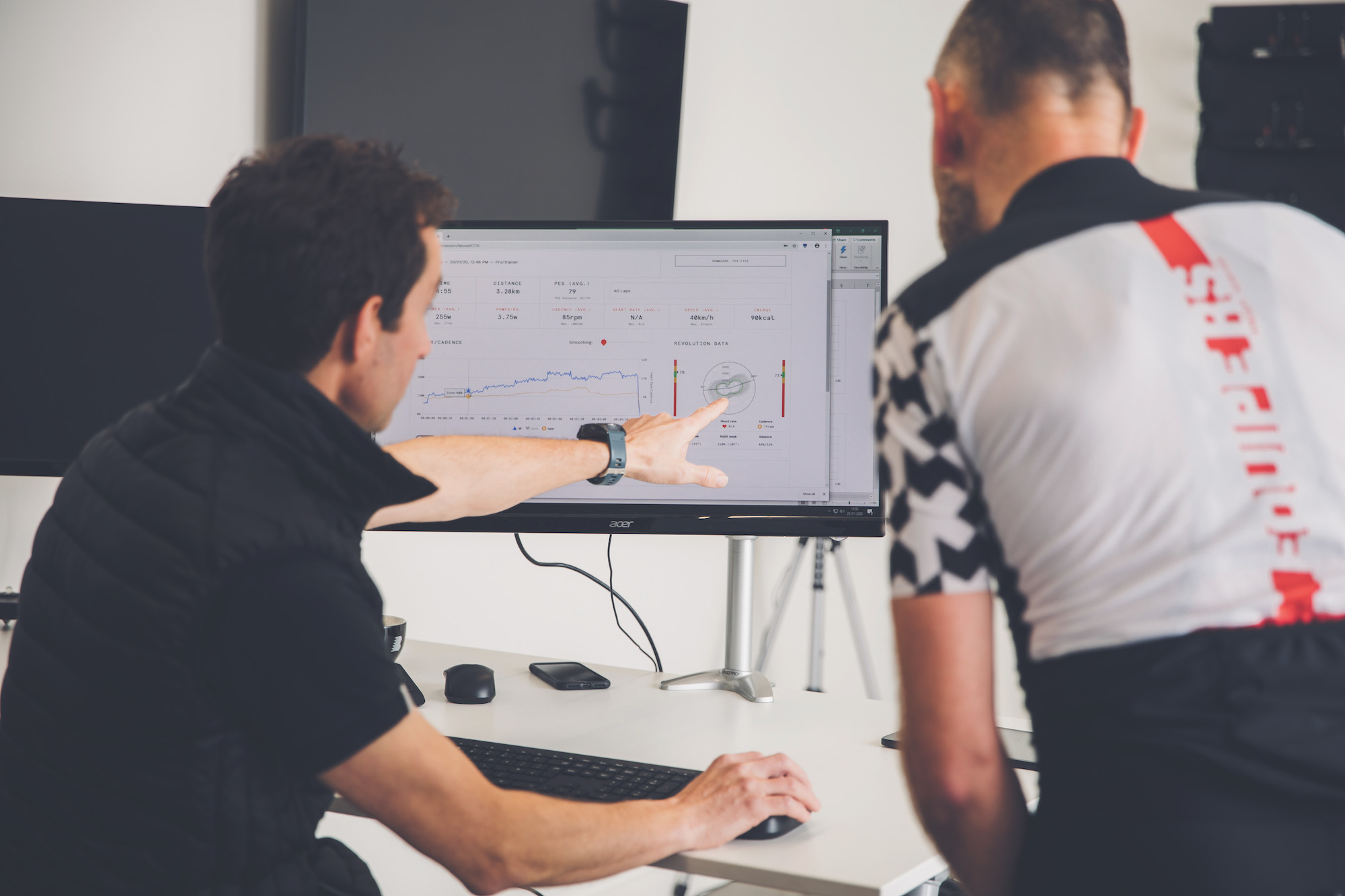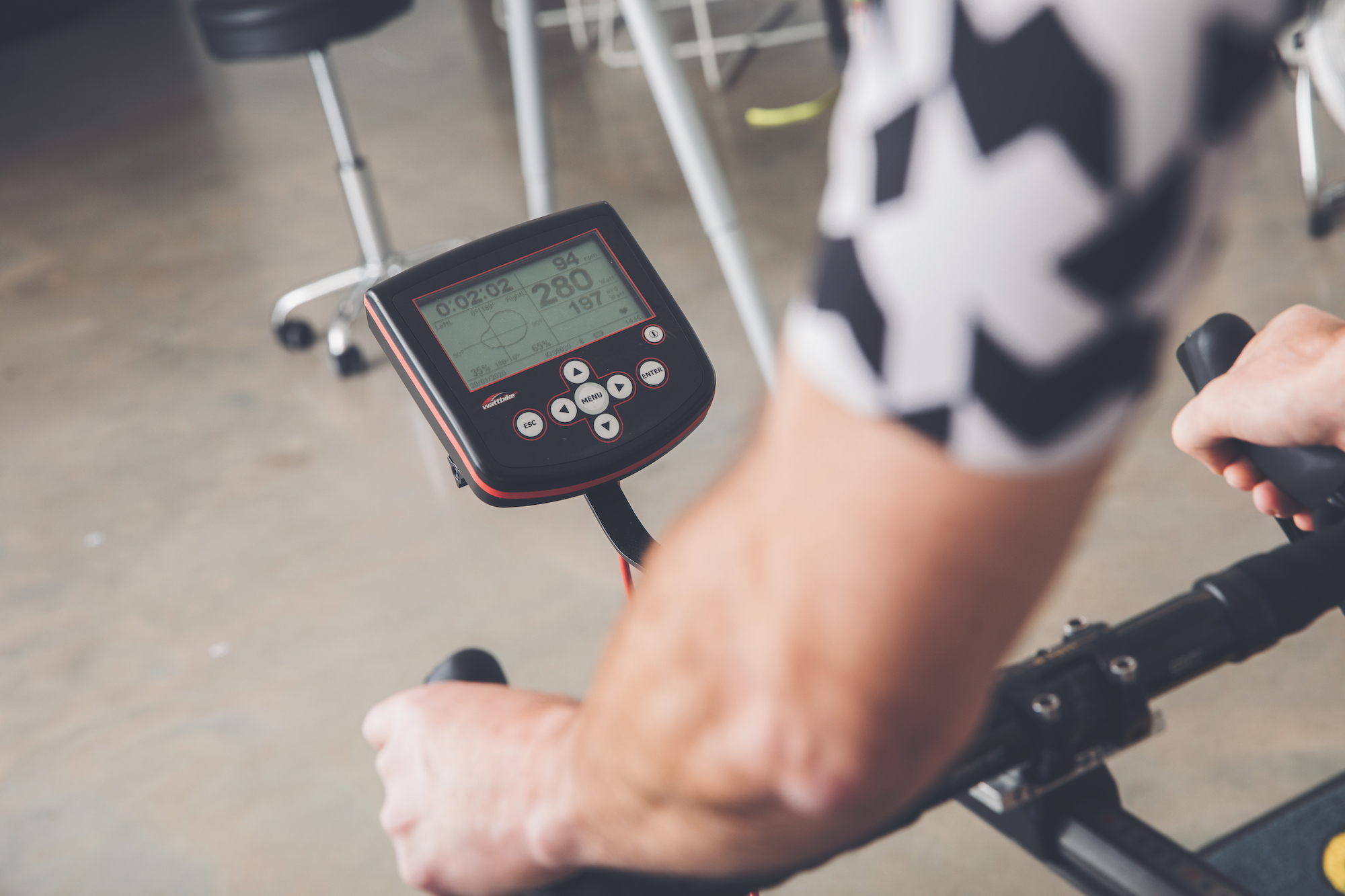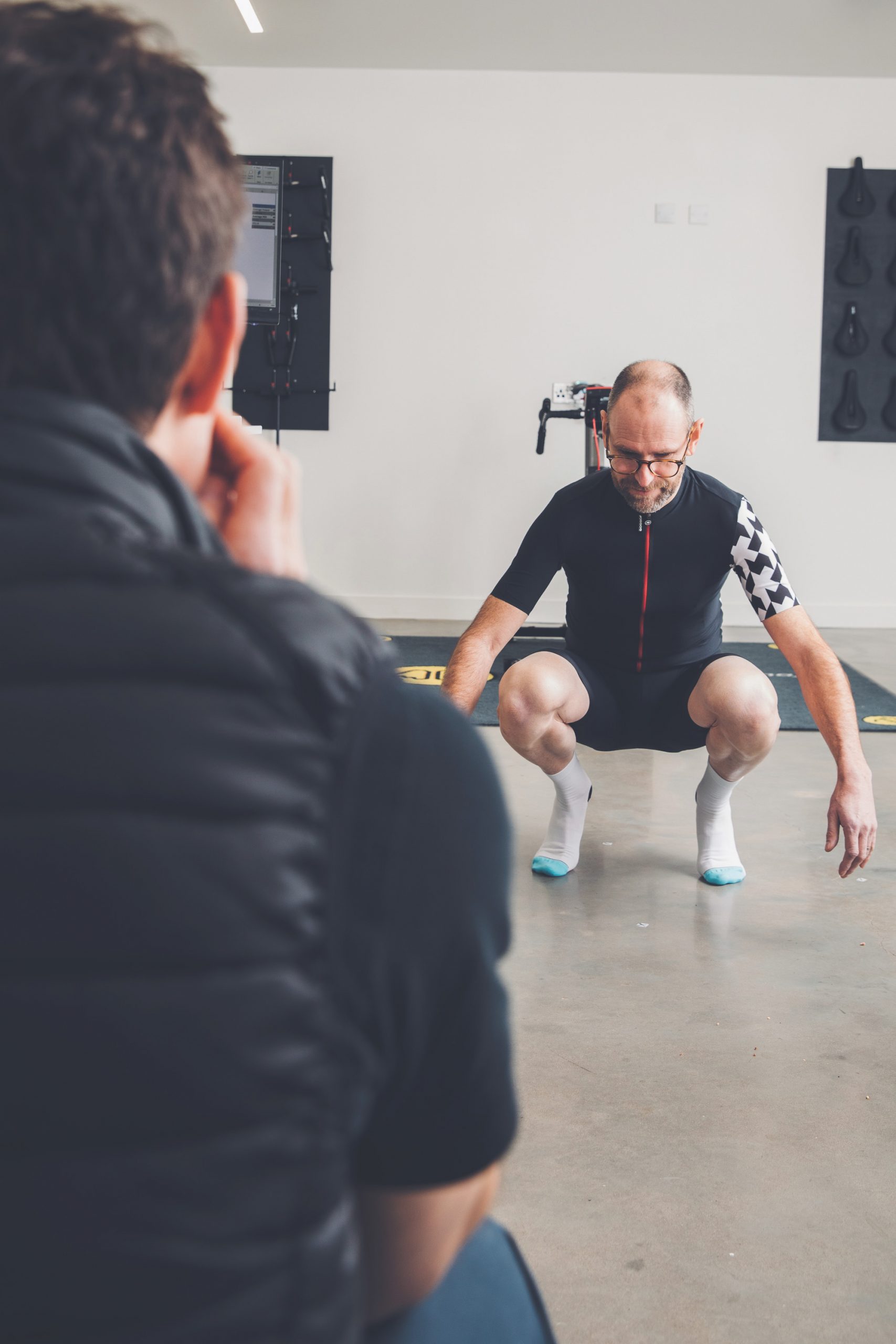Is better pedalling really the next big wellspring of untapped watts?
Eager to substantiate his souplesse, Simon Smythe gets his pedal stroke analysed by an expert

(Daniel Gould)

"A lot of people are now as aero as they can get. It’s pedalling that everyone is going to be talking about next." So prophesied national time trial champion and record breaker-turned-coach Matt Bottrill when I interviewed him late last year. His words stayed with me – so much so that I decided to investigate. Why exactly was everyone so excited about pedalling, and could I get the latest science to work on my own stroke?
Over the years, I’ve received a few compliments on my souplesse as it was once called. But was my pedalling really noticeably smooth and efficient-looking, or were my clubmates just buttering me up so I would buy the cake at the café?
Bottrill’s coaching company used to work with the Boardman Performance Centre near Evesham, Worcestershire, using its wind tunnel and also its biomechanics, position and technique services. In 2020, I booked a session with Dr Barney Wainwright, then head of science and tech development at the centre, as well as a research fellow at Leeds Beckett University and the man who first showed Bottrill that better pedalling meant faster cycling. Wainwright developed the Pedalling Effectiveness Score (PES) with Wattbike, which is the British company’s patented system for putting a number on a rider’s pedalling technique.
We arrive in Evesham and within minutes there is a Wattbike standing at the end of the biomechanics studio, set up to my own road bike’s exact dimensions — usually a pedalling analysis would take place along with the optimisation of a rider’s bike position — and it’s about to score me.
Gathering data

For my first session on the Wattbike, I pedal for five minutes so that Wainwright can gather data across the pedalling spectrum, from low intensity at low cadence, to high intensity at high cadence. "Just worry about watts and cadence," says Wainwright, "and just pedal normally."
Anyone who’s ever read a feature about pedalling will have seen the Wattbike Polar View. This is a visual representation of your pedalling in real time. It’s a force curve that has been described variously as a peanut and a sausage. The more force is produced, the more the curve bulges from the centre point. The sausage is good, the peanut average and two separate broad beans bad – but I am told to ignore all foodstuff comparisons.
"You got an average PES [Pedalling Effectiveness Score] of 79, which is really good. Your profile was very good at some parts, but at others not so good. At 250 watts, it’s fairly even. Your PES score goes up as you get to a higher power output, and we see that as a bit of a negative. What we really want is between about 65 and 75."
The latest race content, interviews, features, reviews and expert buying guides, direct to your inbox!
What exactly determines the ‘shape’ of the pedal stroke?
"It’s mainly the quads that produce the power," Wainwright explains. "As we come through the pedal stroke, we transition from a quad-dominated force to a calf/hamstrings, gluteus maximus force when you’re pulling upwards, but mechanically it’s hard for those muscles to create a large force for the pull-up phase – the hip flexors have only evolved to lift the leg for running and walking."
Pedalling in perfect circles might seem logical, but according to Wainwright that is the wrong way to look at it.
"If the shape was completely round [a PES of 100], it would mean that the pull-up force was the same as the power stroke, and because the pull up can never be very big, that would mean the power stroke is not very big. So when we talk about a perfect circle of force, that might be nice and mechanically efficient, but it’s not very powerful. We need to engage the quads to drive it, so there should always be a drop [the waist to the sausage]."
In other words, there’s no shame in a pinched sausage. My too-round profile at higher power indicates that my quads are not engaging as they should. Also, my left leg is dominant, which comes as a surprise since I am right-legged. For the next session on the Wattbike I’m going to be doing some drills to practise producing more power from my quads at higher intensities and more to restore 50/50 left-right balance.
Single-leg drills

"With these drills, I’m trying to get you to do things that are not always what you’re doing on the bike, but to activate the link between your neural system and what’s happening, challenging the system and helping it be open to learning," says Wainwright. "Traditionally, single-leg drills mean one leg at a time. But part of the challenge when you’re cycling is to do things left and right together. I’ve never found single-leg drills to be very effective. So focus on one side, but you’re still going to be pedalling on both sides."
When I listen back on my dictaphone at this point, all I can hear is the roar of the fan and the whirr of the Wattbike’s drivetrain, but I do remember a eureka moment – when Wainwright shouts: "That’s your cue! Push down!"
We had discovered that by simply focusing on the pushing-down phase at higher intensities, everything followed – my PES shape bulged at the ends more, and became more sausage-like. It was a simple but exciting revelation.
"It’s easy to think that it’s a given; pushing down is what you do anyway and you have to focus on other things, and that’s true for some people, but it’s also easy to forget that that’s still crucial," continues Wainwright. "It can be that you’re just not pushing down because you get hung up on other things. This is part of skill acquisition – we’re unravelling bits and putting them back together."
Although my second session following the drills gets the same PES of 79, Wainwright isn’t too damning: "The PES was fine before, but now it’s with better distribution across the spectrum of cadences and intensities. Before, when you got to high cadence, it got very round; now you’re actually getting a good shape. The crucial thing is output – next time you’re going to know how to get the most power out."
So what’s the verdict – do I have the souplesse I’d prided myself on? "A lot of people have much worse technique than you," says Wainwright, "but I think for you it’s been a subtle but very real change. And also an education. Always with cycling, the more you understand about what you’re trying to do, the more control you have over it. You can take that away and do whatever you want with it. Next time you’re going to know how to get the most power out."
Breathing patterns

Although I don’t have a Wattbike at home, I’ve taken away the sensation of producing better power at higher intensities, practise it on my regular trainer and apply the cue. As for the left-right balance, I worked out later my left dominance was down to always leading my self-devised breathing patterns with my left leg. Now I’m consciously divvying it up, which has the added bonus of easing my left-knee niggle.
In the only time trial I did between weather interruptions and Covid cancellations, I rode my fastest time for that particular course since 2005. Obviously, it’s impossible to say whether that was all down to better pedalling, but understanding and addressing my weaknesses definitely helped me. Perhaps in this case, knowledge literally is power.
Simon Smythe is a hugely experienced cycling tech writer, who has been writing for Cycling Weekly since 2003. Until recently he was our senior tech writer. In his cycling career Simon has mostly focused on time trialling with a national medal, a few open wins and his club's 30-mile record in his palmares. These days he spends most of his time testing road bikes, or on a tandem doing the school run with his younger son.
